Equipment
Professional club builders and chefs have more in common than you think
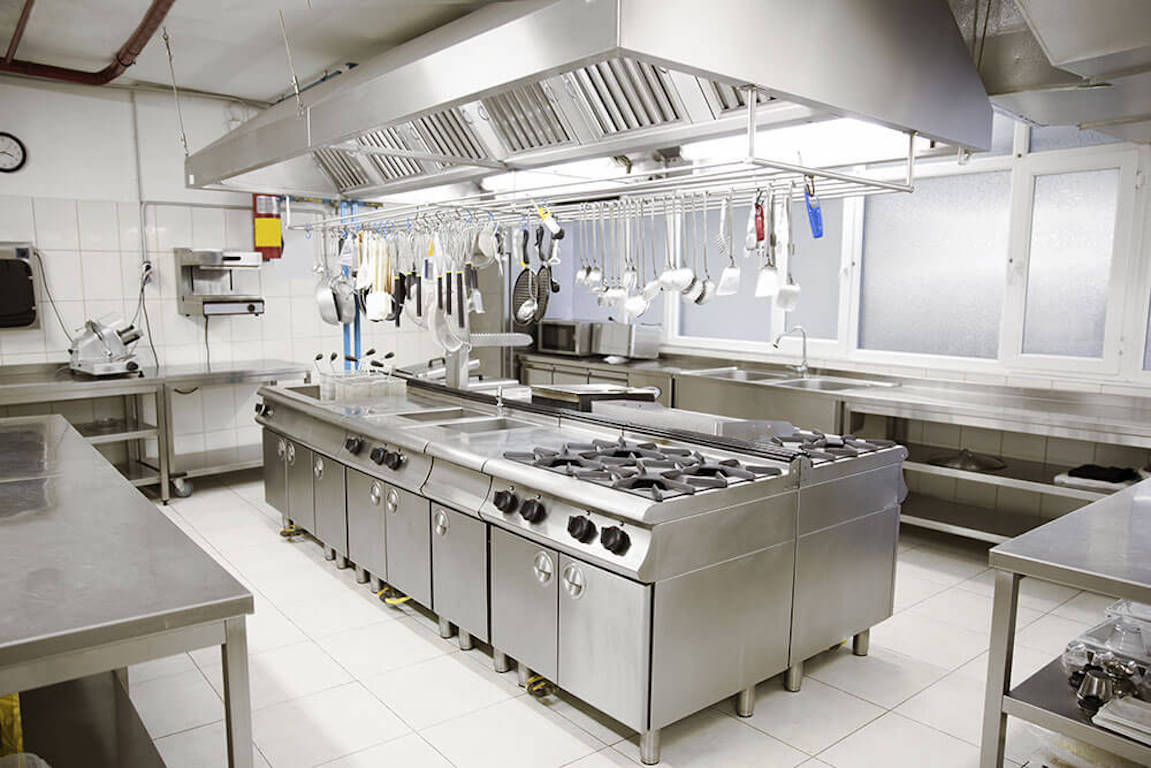
I’ve been building clubs for close to 20 years, and I get a lot of questions about what it means to be a professional club builder and run a build shop. It’s a lot different than being a hobbyist who does a few repairs or has put together a club or two in their garage—similar to how a regular home cook is not a trained chef. But please note, like many, I started off as a hobby builder myself!
Now, it’s not to say that you can’t become a professional chef without proper training. In fact, many of the best chefs I know have worked from the ground up with no formal training but have put many years into their craft to get where they are today.
So how does all this cooking talk relate back to club building? Although the mediums are very different, the processes to create the final products are more similar than you might think, and at the end of the day, the goal is the same—deliver a great product over and over again.
The starting point – Good ingredients
Building a set of clubs and creating a great dish is all about working with raw ingredients, and for golf clubs that means using high-quality components with tight tolerances. Sourcing from manufacturers that offer tight specs and components to properly assemble (if required), is like buying your vegetables from a local farmer. You know where they come from, you know how they were produced, and you know where to go if you have an issue.
Quality will always come with a price—tighter tolerances, and fresh ingredients might be a bit more expensive, but you will always get out of a meal or set of clubs what you put in. If you want an end product you are truly going to enjoy, professional chefs, just like club builders, are going to go to the end of the earth to search out the best ingredients for the dish they plan to create.
Prep work – Knowing your recipe
This is the boring part, always has and always will be. It’s about washing the veggies, chopping to size, organizing into portions, and storing until it’s time to cook.

For club builders, this is the make-or-break time of building a set—it’s making sure you have weighed out all of the components, sorted and organized, and spotted any potential issues with what you are working with and making a correction. For clubheads, that means taking into account the required build specs and adjusting head weight accordingly—no different to making a dish ordered spicy rather than mild—you better get it right or it’s coming back.
Once you have taken all the steps to get your ingredients/components prepped to make your dish according to the recipe/specs, we move onto the next process of putting everything together. If you have followed all the appropriate steps to this point, whether you’re a club builder or a chef, this is one of the fastest parts of the process.
For clubs, once the epoxy has been mixed, it takes as little as 15 minutes to actually assemble a 14-piece set, for a chef it’s similar. The dish comes together in the pan with pre-organized and portioned out ingredients and boom – you have a fully cooked dish in a matter of minutes. No chef starts peeling potatoes when an order is placed.
Work area – cleanliness & organization

This is where I draw a direct comparison, from a chef in their kitchen to a club builder – a clean and organized workspace, to me is the greatest sign of a professional. If you have ever walked into a restaurant with an open kitchen concept, it inspires confidence to see clean counters, organized utensils, and a work area organized and ready for action – if you see a dirty kitchen or a health inspection notice on the door – good chance you’re not stopping to eat.
A build shop should be no different—counters should be tidy, tools should be clean and well maintained for safety as well as precision, and components along with small parts should be organized and quickly accessible at all times. It should be considered a source of pride to maintain a clean workspace as much as it is to deliver a well-built set of clubs or a perfect dish, I have never trusted a messy club builder.
Final preparation
You can do everything right to this point, both as a chef or as a club builder, but if the presentation isn’t right then the customer isn’t likely to be happy—nor should they.
With food that final step means platings—and there is a big difference between a discount $5 buffet and a farm to table chef-inspired tasting menu—it doesn’t take a keen eye to spot the difference.

As for clubs, it’s the little things, many of which won’t be noticed by the naked eye or at first glance: lies and lofts, the number of tape wraps under a grip, or swing weight. Those are all things that a golfer must trust was done correctly by their builder. The other part is what can be seen, just like meal plating—no bend marks on hosels, grips on straight, and last but not least, the ferrules turned down properly.
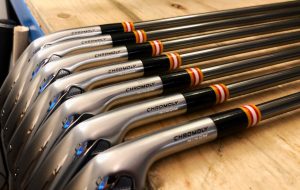
This is my biggest sticking point, because if a club builder isn’t willing to take the time to properly finish one of the most noticeable parts on a club, the ferrules, what else have they potentially skipped out on? Can you trust the lies and loft are right? Can you trust the grips are on correctly with the right amount of tape? Did they even take the time to do the proper prep work?
Any true professional in a skilled trade, whether it be a club builder or chef, should always take pride in their work, and to be considered proper professionals they should also act accordingly, with attention to detail, and the goal of creating a delicious meal or well built set of clubs at the end of the day.
With that in mind, I present to you my finest meal plating…
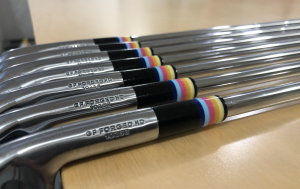
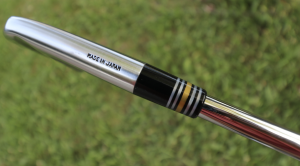
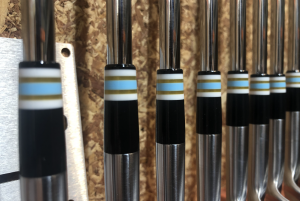
- LIKE60
- LEGIT8
- WOW3
- LOL1
- IDHT0
- FLOP1
- OB0
- SHANK10
Whats in the Bag
Kris Kim WITB 2024 (May)

- Kris Kim what’s in the bag accurate as of the CJ Cup Byron Nelson. More photos from the event here.
Driver: TaylorMade Qi10 (9 degrees @7)
Shaft: Mitsubishi Tensei 1K White 60 TX


3-wood: TaylorMade Qi10 Tour (15 degrees @13.5)
Shaft: Mitsubishi Diamana WB 73 TX
Irons: TaylorMade P770 (2, 4), TaylorMade P7MB (5-PW)
Shafts: Mitsubishi Tensei 1K White 80 TX (2), Nippon N.S. Pro Modus3 Tour 120 X
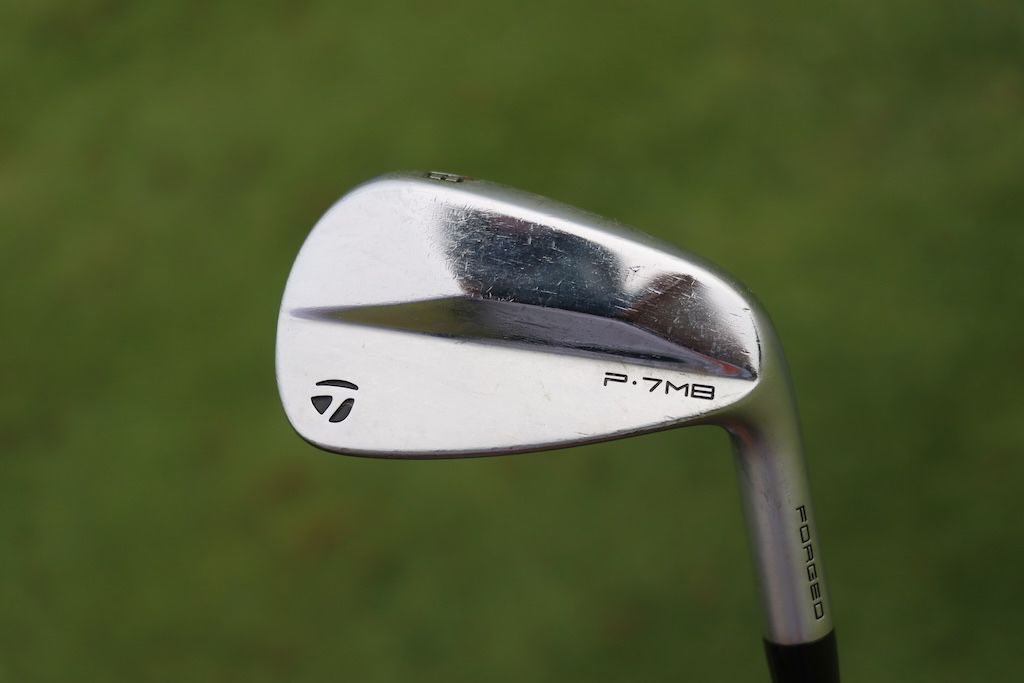

Wedges: TaylorMade MG4 (50-09SB, 56-12SB, 60-11TW)
Shafts: Nippon N.S. Pro Modus3 WV 125
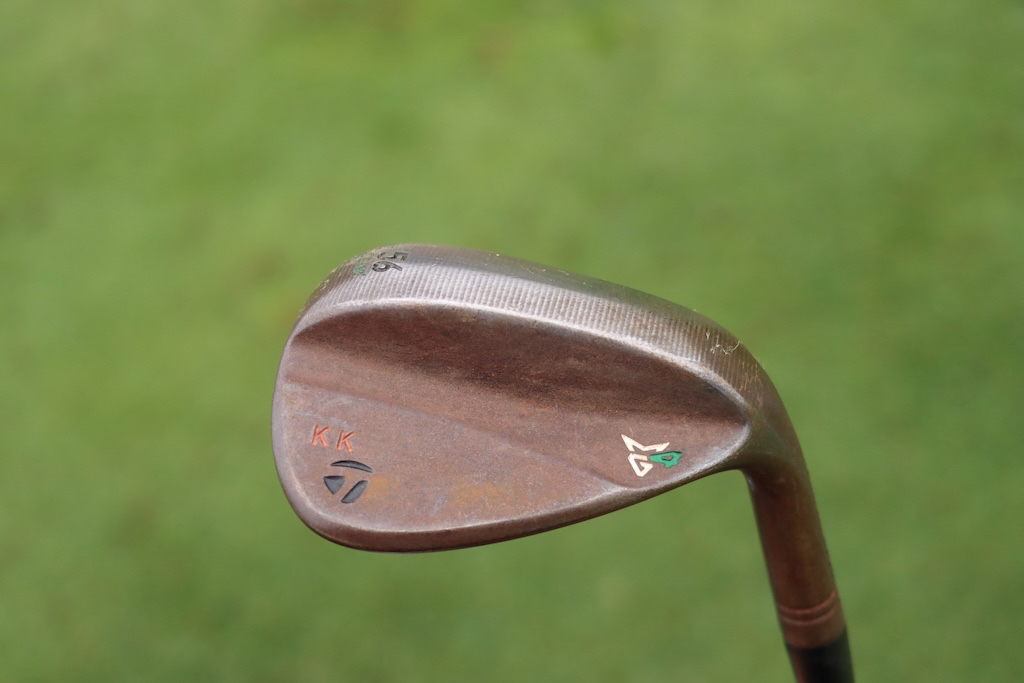

Putter: TaylorMade Spider Tour
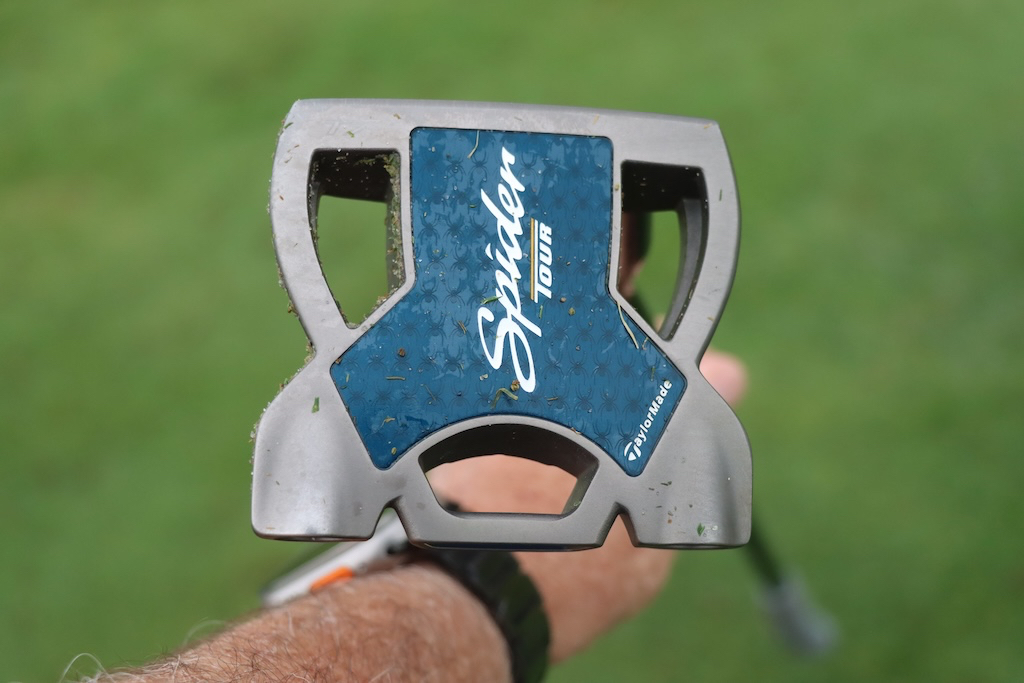
Grips: Golf Pride Tour Velvet Cord
Check out more in-hand photos of Kris Kim’s equipment here.
View this post on Instagram
- LIKE0
- LEGIT0
- WOW0
- LOL0
- IDHT0
- FLOP0
- OB0
- SHANK0
Equipment
Welcome to the family: TaylorMade launches PUDI and PDHY utility irons
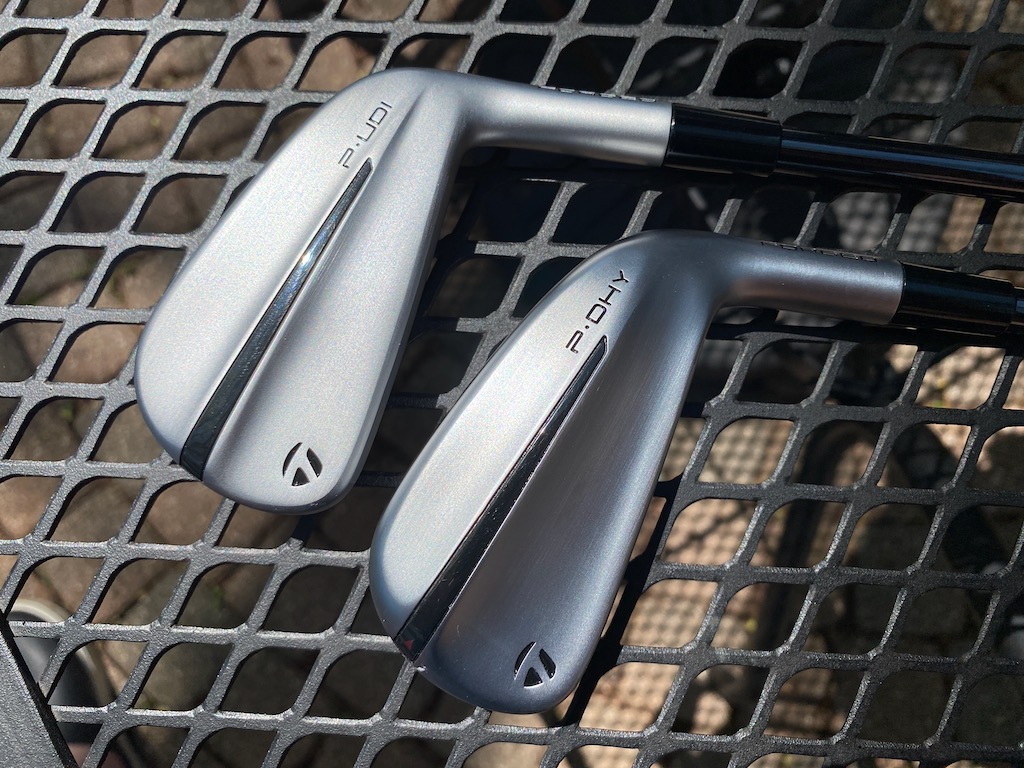
TaylorMade is continuing its UDI/DHY series with the successor to the Stealth UDI and DHY utility irons: PUDI and PDHY (which the company styles as P·UDI and P·DHY). TaylorMade is folding the designs in with its P Series of irons.
TaylorMade outlined the process of developing its new utilities this way. The company started with the data on utility iron usage. Not surprisingly, better players — i.e. those who generate more clubhead speed and strike the ball more precisely — were found to gravitate toward the UDI model. DHY usage, however, covered a wider swath than the company might have expected with six-to-18 handicappers found to be bagging the club.
TaylorMade also found that the majority of golfers playing UDI or DHY utilities were playing P Series irons at the top of their iron configurations.
Can you see where this is going?
Matt Bovee, Director of Product Creation, Iron and Wedge at TaylorMade: “As we look to the future, beyond the tech and the design language, we are excited about repositioning our utility irons into the P·Series family. P·UDI is an easy pair for players that currently play P·Series product and P·DHY is an extremely forgiving option for players of all skill levels. It is a natural fit to give these players the performance in this category that they are looking for.”
View this post on Instagram
TaylorMade PUDI
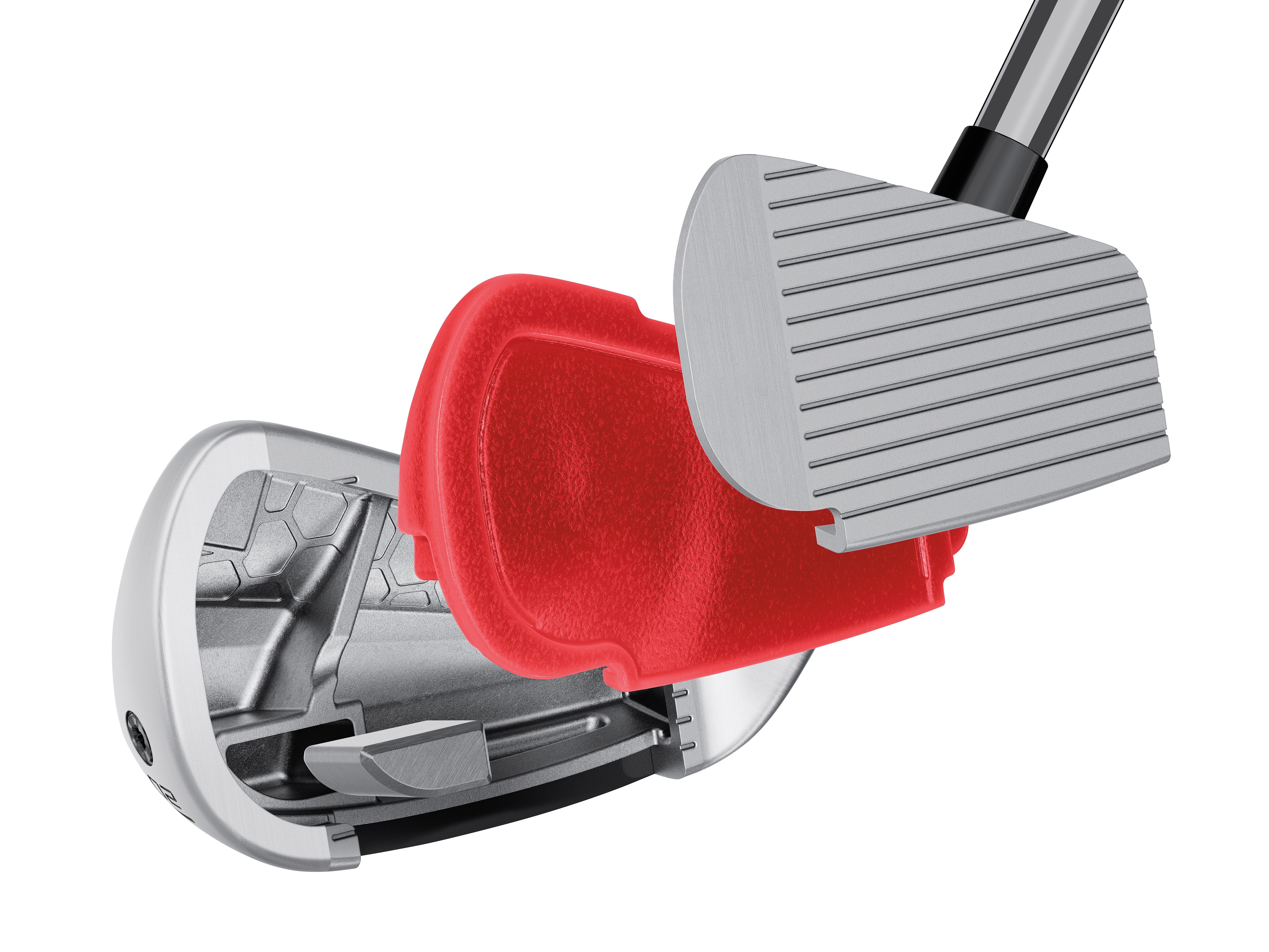
TaylorMade PUDI technology cutaway (via TaylorMade)
Crafted with tour player input, TaylorMade sought to develop a confidence-inspiring utility iron that blends with the rest of the P Series irons. Also of note: Interestingly, the PUDI has a more compact head than the P790.

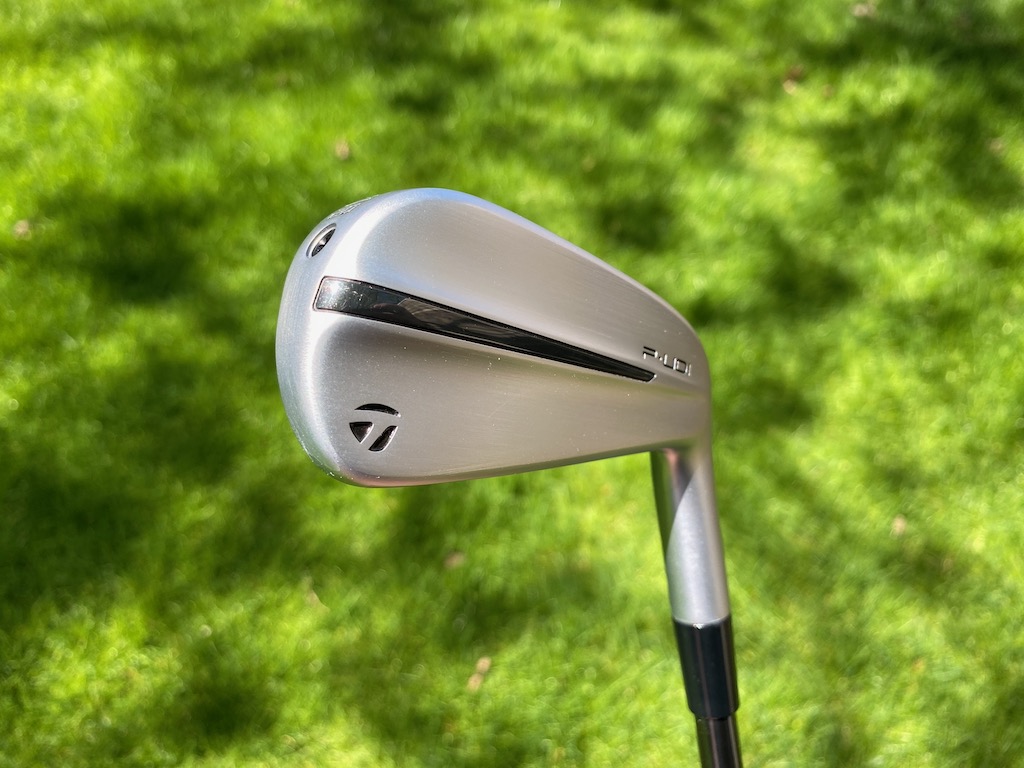
In comparison to past UDI products, the PUDI has a more traditional iron shape, slimmer toplines, and less offset with a little of the backbar visible at address.
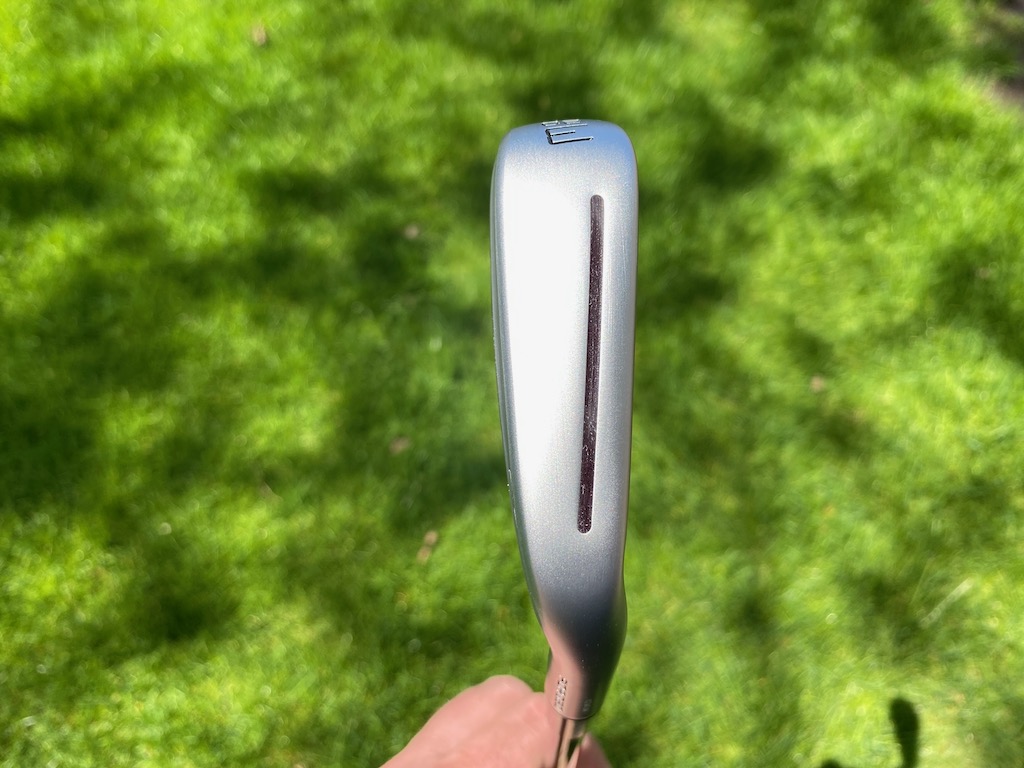

TaylorMade PDHY
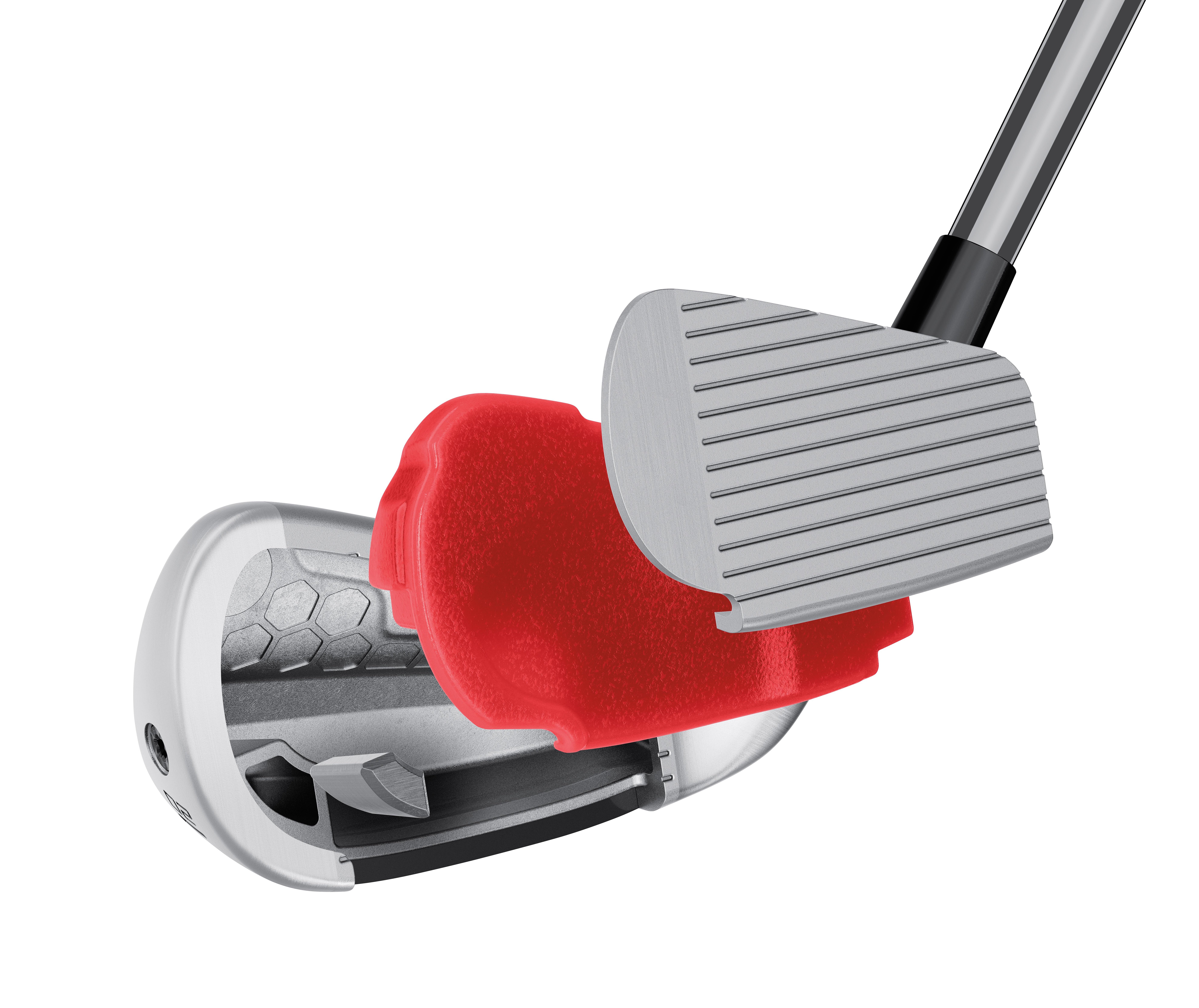
TaylorMade PDHY tech cutaway (via TaylorMade).
Larger in profile than the PUDI, the PDHY seeks to position center of gravity (CG) lower in the club for ease of launch. The toe height is larger and the profile is larger at address — roughly five millimeters longer than PUDI — the sole of the club is wider for improved forgiveness.
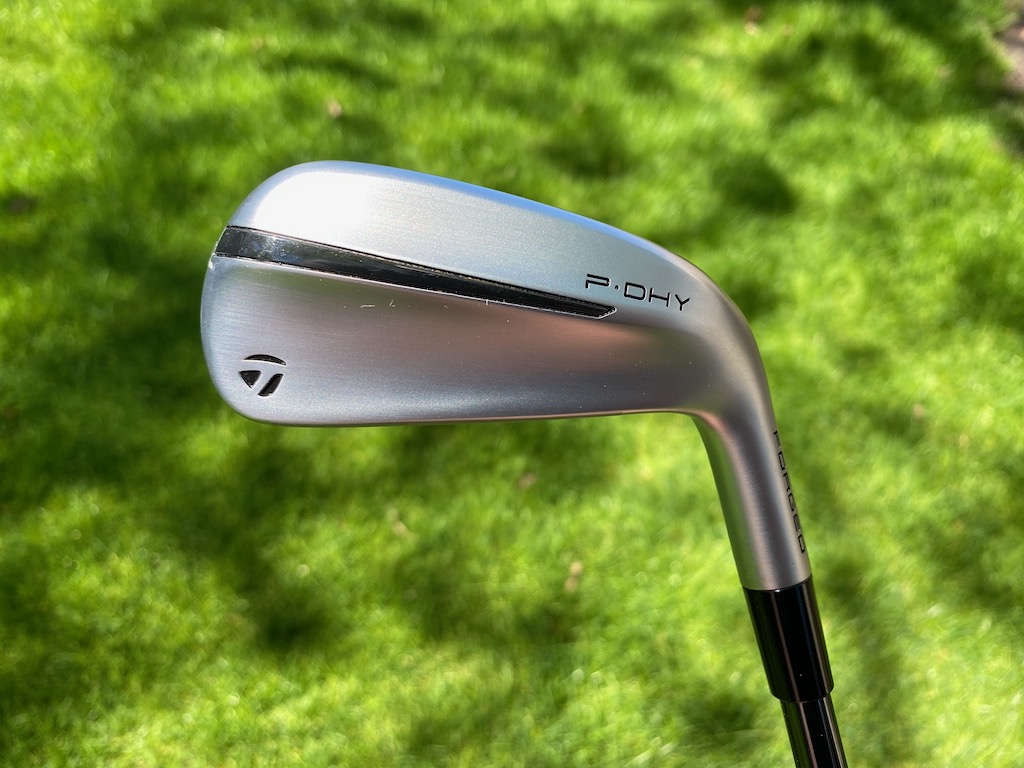



Club Junkie’s take
Golfers who feel like they are missing something at the top of the bag could find the PUDI or PDHY a great option. The look of the PUDI should fit the most discerning eye with a more compact look, less offset, and a thinner topline. If you want a little more confidence looking down the P-DHY will be slightly larger while still being a good-looking utility iron.
For being small packages both models pack a pretty good punch with fast ball speeds, even off-center. The feel is soft and you get a solid feel of the ball compressing off the face when you strike it well. Your ears are greeted with a nice heavy thud as the ball and club come together. The PDHY will launch a little higher for players who need it while the PUDI offers a more penetrating ball flight. Both utility irons could be the cure for an open spot in the top end of the bag.
PUDI, PDHY, or Rescue?
TaylorMade offers the following notes to assist golfers in filling out their bags:
- PUDI has mid-CG right behind the center face to create a more penetrating mid-to-low ball flight
- PDHY has a lower center of gravity to produce an easier-to-launch mid-to-high ball flight.
- Both PUDI and PDHY are lower-flying than the company’s hybrid/Rescue clubs.
- PUDI is more forgiving than P790.
- PDHY is the most forgiving iron in the entire TaylorMade iron family
Pricing, specs, and availability
Price: $249.99
At retail: Now
Stock shafts: UST Mamiya’s Recoil DART (105 X, 90 S and 75 R – only in PDHY)
Stock grip: Golf Pride’s ZGrip (black/grey)
PUDI lofts: 2-17°, 3-20°, 4-22° in both left and right-handed
PDHY lofts: 2-18°, 3-20° and 4-22° in both left and right-handed
- LIKE15
- LEGIT4
- WOW3
- LOL3
- IDHT1
- FLOP2
- OB2
- SHANK4
Equipment
Coolest thing for sale in the GolfWRX Classifieds (5/3/24): Scotty Cameron Champions Choice 2.5+ putter

At GolfWRX, we are a community of like-minded individuals that all experience and express our enjoyment of the game in many ways.
It’s that sense of community that drives day-to-day interactions in the forums on topics that range from best driver to what marker you use to mark your ball. It even allows us to share another thing we all love – buying and selling equipment.
Currently, in our GolfWRX buy/sell/trade (BST) forum, there is a listing for a Scotty Cameron Champions Choice 2.5+ putter
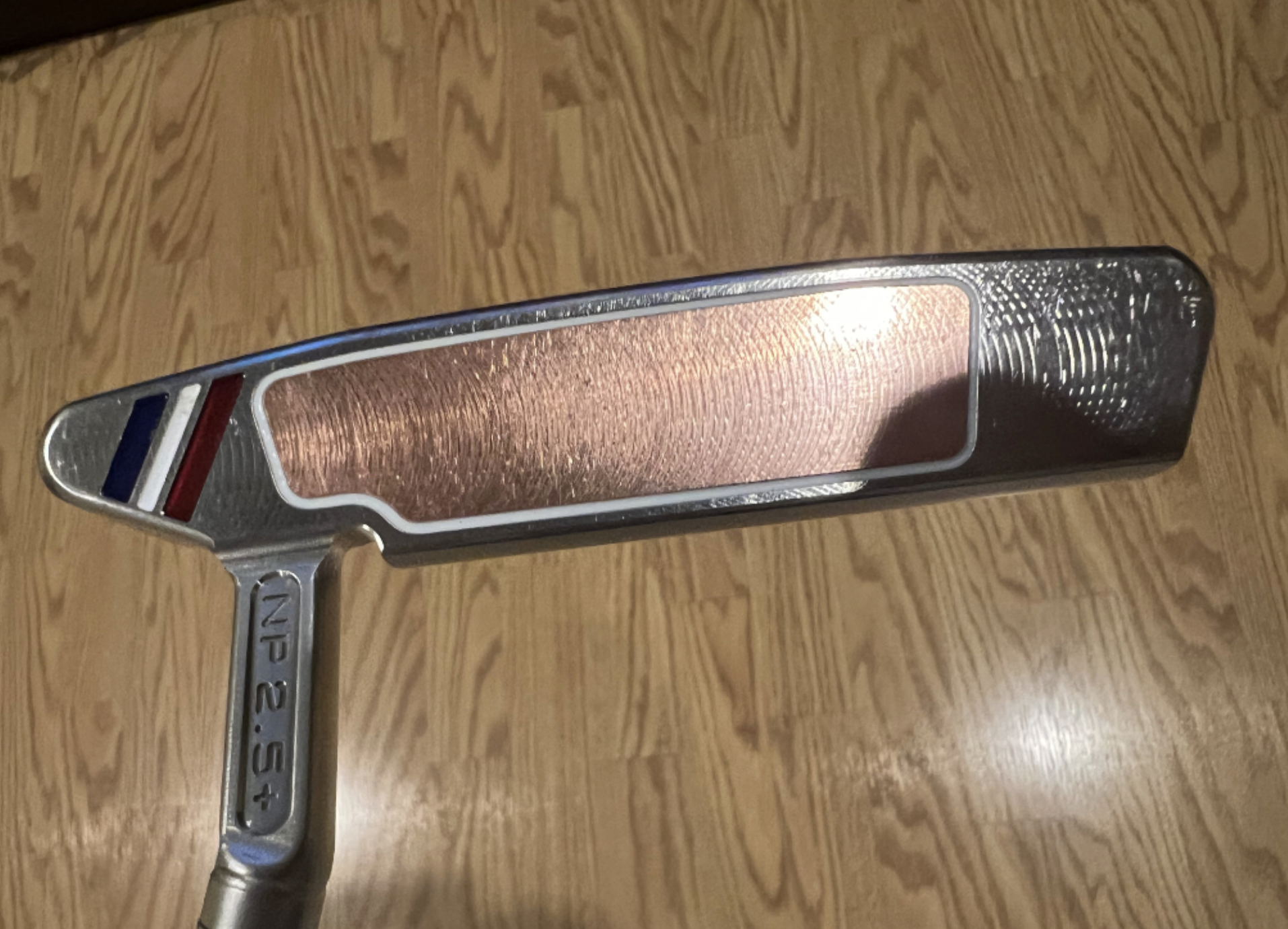
From the seller: (@wwcl): “Has been gamed as pics show. 33.5 includes original h/c and grip. $575 includes shipping and PP fees.”
To check out the full listing in our BST forum, head through the link: Scotty Cameron Champions Choice 2.5+ putter
This is the most impressive current listing from the GolfWRX BST, and if you are curious about the rules to participate in the BST Forum you can check them out here: GolfWRX BST Rules
- LIKE1
- LEGIT1
- WOW0
- LOL0
- IDHT0
- FLOP0
- OB0
- SHANK0
-

 19th Hole2 weeks ago
19th Hole2 weeks agoJustin Thomas on the equipment choice of Scottie Scheffler that he thinks is ‘weird’
-

 19th Hole2 weeks ago
19th Hole2 weeks ago‘Absolutely crazy’ – Major champ lays into Patrick Cantlay over his decision on final hole of RBC Heritage
-

 19th Hole3 weeks ago
19th Hole3 weeks agoTwo star names reportedly blanked Jon Rahm all week at the Masters
-

 19th Hole3 weeks ago
19th Hole3 weeks agoReport: LIV Golf identifies latest star name they hope to sign to breakaway tour
-

 19th Hole3 weeks ago
19th Hole3 weeks agoNeal Shipley presser ends in awkward fashion after reporter claims Tiger handed him note on 8th fairway
-

 19th Hole2 weeks ago
19th Hole2 weeks agoBrandel Chamblee has ‘no doubt’ who started the McIlroy/LIV rumor and why
-

 19th Hole1 week ago
19th Hole1 week agoLET pro gives detailed financial breakdown of first week on tour…and the net result may shock you
-

 Equipment3 weeks ago
Equipment3 weeks agoJason Day on his recent switch into Srixon ZX5 and ZX7 Mk II irons

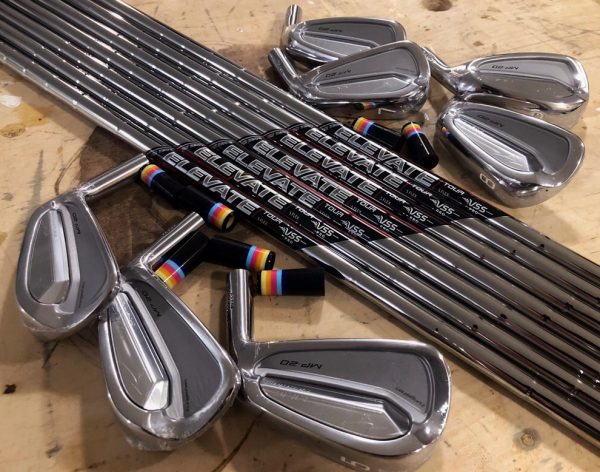

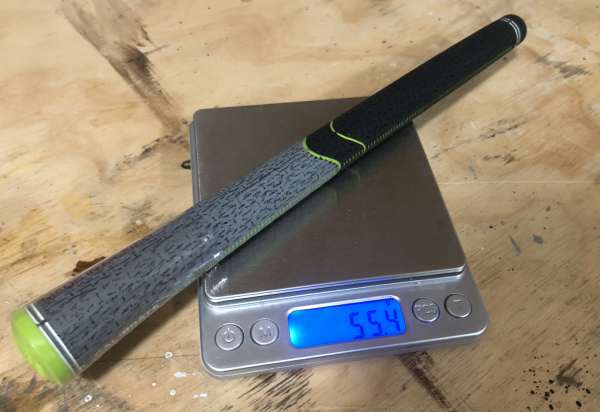
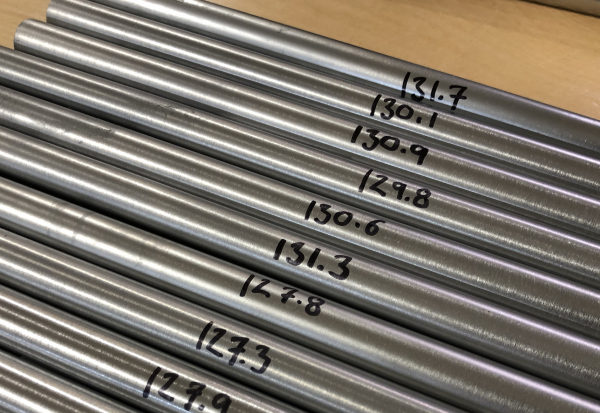






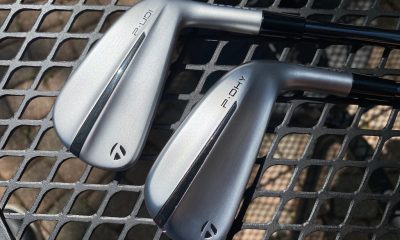


















Pingback: From Sunday bags to club fitting: My favorite pieces of 2020 – GolfWRX
Michael
Jul 31, 2020 at 10:23 am
Where is the best place to get foundational education to become a club builder? Thanks for your time and the great article.
Jonathan Weaver
Jul 30, 2020 at 8:14 pm
Someone is loving the Boyd’s!
C
Jul 30, 2020 at 7:14 am
Ferrule. I loathe that word as an amateur club builder.
Veo Robert
Jul 29, 2020 at 4:37 pm
Hi Ryan, I’m a professional chef in Boston and an aspiring club tinkerer, not gonna call myself a club builder, however i would like to be able to do so one day. You speak like someone who’s cooked professionally, i wouldn’t be surprised if you have. How true it is to be organized, meticulous and clean throughout the process of cooking, very well said in this matter. This article gives me great joy and hope that one day i can navigate the wonderful of golf equipment to be able to call myself a club builder. Thank you and keep up the great work. PS: get in touch if you ever in Boston, would love to treat you to a good meal, and maybe play a round.
Ryan Barath
Jul 29, 2020 at 9:58 pm
Thanks for the kind words.
I am by no means a chef but do a lot of home cooking as well as have a number of friends in the industry that are true chefs. I spent a few years in the restaurant business doing craft beer sales and spent a lot of time in restaurants – the absolutely great ones are easy to spot if you’ve walked about a kitchen – clean, organized, and ready for action. It was how I was able to draw such a parallel for this piece.